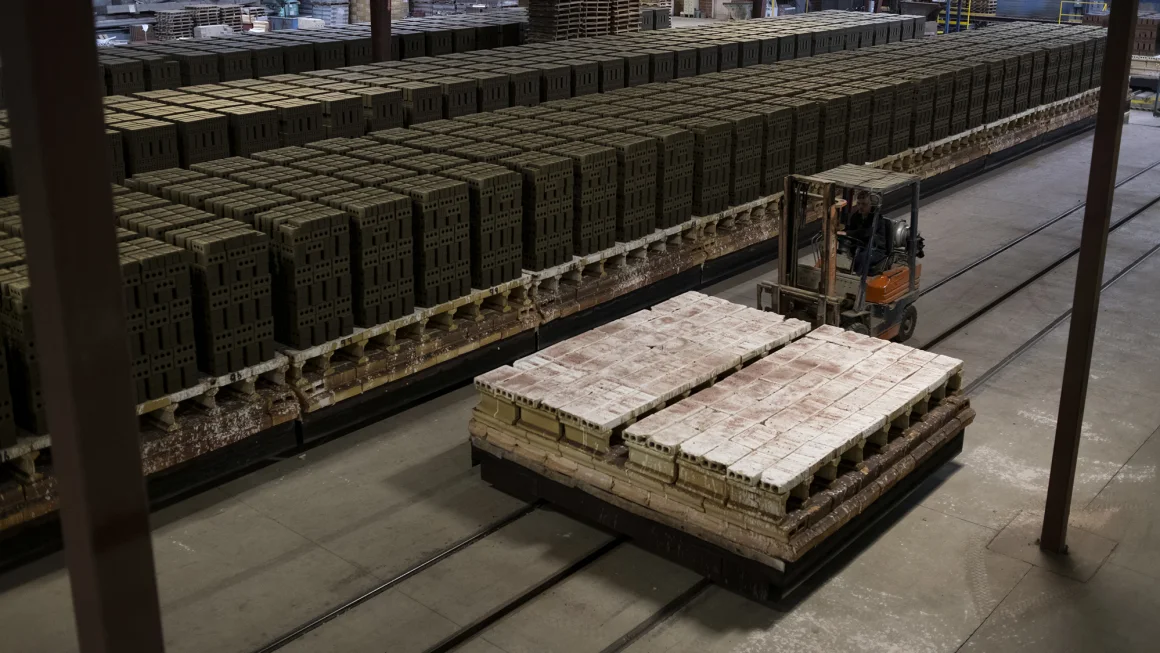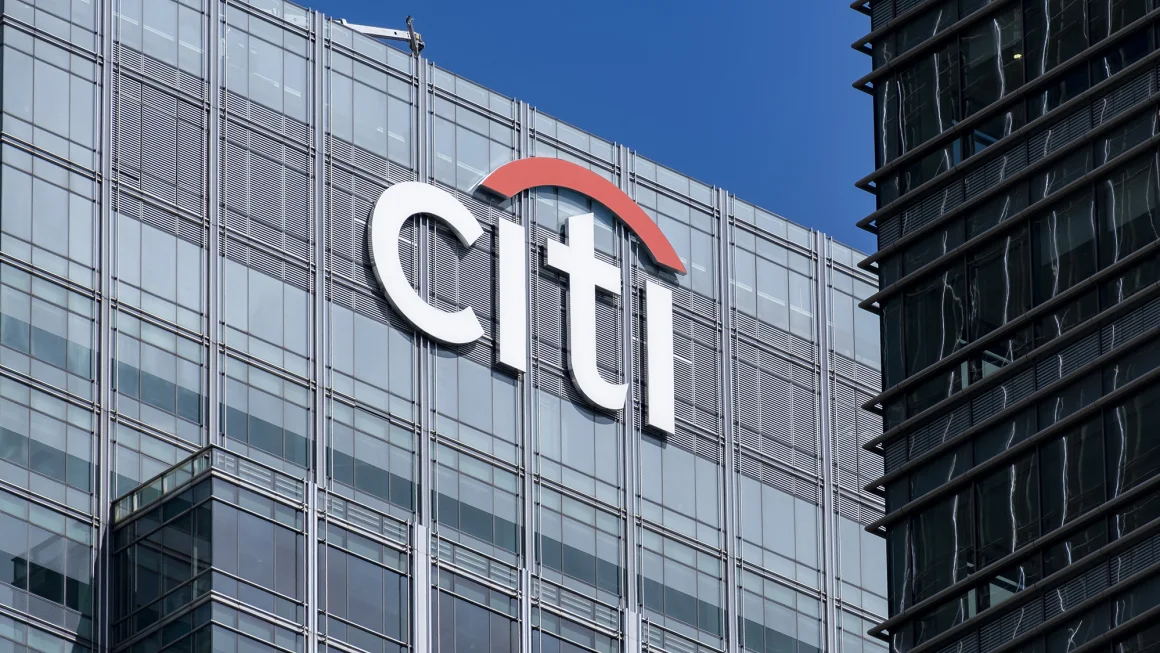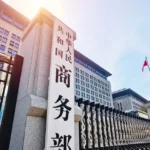President Donald Trump’s latest tariff announcement, made on Thursday, was framed as a significant move to reshape global trade. However, the details remain vague, and no concrete timeline has been set for implementation.
Despite Trump’s claims that the announcement was “the big one,” the memorandum he signed primarily directs government agencies to explore ways to counter non-reciprocal trade practices. This directive leaves room for interpretation, providing little immediate impact on foreign trade relations.
Wall Street, generally opposed to tariffs, reacted positively to the news. The S&P 500 rose by 1%, the Nasdaq gained 1.5%, and the Dow climbed 360 points (0.8%). The relief stemmed from the lack of immediate economic consequences from Trump’s proposal.
Ambiguous Tariff Strategy
On the campaign trail, Trump pledged to impose reciprocal tariffs, ensuring that if a country taxes U.S. imports, the U.S. would do the same in return. However, the memo does not enforce any tariffs yet. Instead, it tasks government agencies with determining appropriate measures to make trade “fairer.”
The White House’s fact sheet on the plan cites various foreign trade barriers, from Europe’s restrictions on shellfish imports to Brazil’s high ethanol tariffs. While Trump claims this approach will encourage businesses to manufacture in the U.S. and create jobs, its effectiveness remains uncertain.
Goldman Sachs analysts expressed skepticism about the impact of reciprocal tariffs, suggesting they may not significantly harm the economy due to the complexity of implementation. Some even view the move as a potential replacement for Trump’s earlier campaign proposal of a 10% blanket tariff on all imports.
Market experts believe the lack of a strict deadline allows room for negotiations, potentially leading to tariff reductions before any measures are enacted. Michael Block, a strategist at Third Seven Capital, noted that Trump has previously dialed back on tariff threats, using them as a negotiation tool.
Potential Economic Impact
Despite Thursday’s muted announcement, the possibility of tariffs remains. Commerce secretary nominee Howard Lutnick suggested they could be implemented as early as April. While Trump has delayed tariffs on Mexico and Canada, he has also imposed significant tariffs on Chinese imports.
Economic experts warn that tariffs could exacerbate inflation by increasing costs for U.S. consumers and businesses. Christine McDaniel, a senior research fellow at George Mason University’s Mercatus Center, emphasized that imposing additional import taxes could hinder efforts to control inflation. Furthermore, the uncertainty surrounding tariffs may discourage business investment and delay Federal Reserve interest rate cuts.
The Tax Foundation echoed these concerns, stating that the administration’s tariff policies could have negative economic consequences. However, Trump remains committed to using tariffs as a tool for economic strategy, particularly to fund his proposed tax cuts.
For now, Thursday’s announcement was more rhetoric than policy, leaving businesses and investors watching closely to see if Trump’s threats materialize into actual tariffs in the near future.














